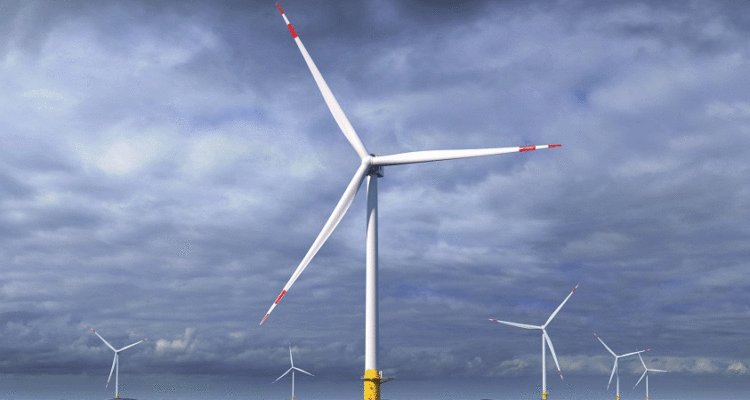Partnering with Glosten, a design and consulting firm in the marine industry, and PelaStar, developer of the tension-leg platform floating wind turbine foundation, GE is designing and developing controls to support an offshore turbine structure that could be as large as 850+ feet.
Designing the controls system with the tower and Glosten’s floating platform, and implementing a 12 MW GE turbine built with composite materials, the offshore turbines could be 35% lower in mass compared to current floating turbines, and could be used in offshore installations at depths deeper than 60m. Enhancements such as these would expand U.S. offshore wind potential to nearly double the current U.S. energy consumption, with current consumption at 4,000 TeraWatt hours and the new potential available of more than 7,000 TeraWatt hours.
Explaining the vast project of building a floating platform of this size and strength, Rogier Blom, the project’s principal investigator and a senior principal engineer in model-based controls with GE Global Research, said, “Designing a floating turbine is like putting a bus on a tall pole, making it float and then stabilizing it while it interacts with wind and waves. Doing this well is both a design and controls challenge.”


